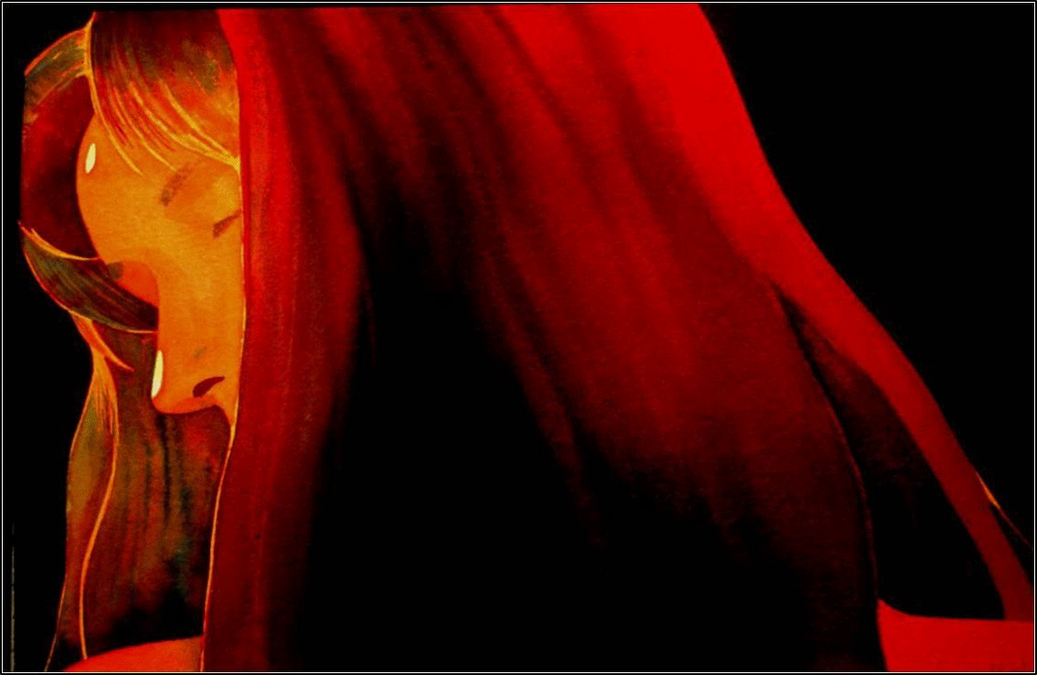A stiff north wind whipped across the park at 10th and K-96 Thursday morning, making the cold seem colder.
It gave the bundled crowd gathered for the dedication of the Great Bend “Breaking of the Prairie Sod” memorial a taste of what their forefathers went through as they settled the plains.
“The pioneers endured worse,” said Master of Ceremonies Mark Calcara. “That’s why we’re here, that’s literally why we’re here.”
The large gleaming metal sculpture featuring a team of horses and a farmer plowing is the culmination of two years of effort by a Great Bend Foundation committee. The project started at the behest of the late Ray S. (Jiggs) Schulz, an area farm boy and ardent local historian who left a donation for the work.
Why a statue honoring farming? “Because Jiggs wanted it,” said Bob Parrish, long-time friend of Schulz and committee member.
Those attending huddled against the chill for the brief ceremony, featuring Mayor Mike Allison, and other local and state dignitaries. Veterinarian Jon Briel gave the invocation.
“This is just a tremendous tribute to agriculture,” said Kansas Ag Secretary Dale Rodman, who was the keynote speaker. “It really depicts that prairie” which was carved into a fruitful plain by those early farmers.
Great Bend is a progressive community, he said. “This is an excellent example of that.”
The principles of hard work that marked those successful settlers remain necessary today for our nation to grow, he said. “This country was built on the backs of farming.”
Raised on a farm in Toronto, Kan., Rodman said his grandmother traveled in a covered wagon. “I’ve often thought of the settlers crossing the plains.Times were rough. It was a very uncertain future.”
The secretary recalled the history of the moldboard plow and how it helped chisel livelihoods out of the prairie. He recalled the Homestead Act that made it possible for the region to be settled.
But, he said the memorial represents more than the past. “It’s about the future of agriculture in Great Bend and the United States.”
There are many challenges facing farming, from over regulation to the increased demand to produce more food for a burgeoning global population. “We need strong leadership,” he said.
“We produce enough food to feed the world,” Rodman said. However, “in the next 30 years, we’ll have to produce as much food as in the last 10,000 years.”
Never the less, as technology drives the future of the industry, “the ag sector is one that will continue to grow.”
In the next 150 years, there is one thing that won’t change, he said. “That’s the hard-working, entrepreneurial spirit of the people.
“I hope this statue will serve as a symbol of your deep agricultural roots and a reminder of how far we’ve come,” Rodman said. “Looking into the future, I’m confident Kansas will continue to break new sod as leaders in agriculture.”
“This is a constant reminder of where we come from,” said Calcara, who noted he sees the work every time he drives into down from the west. “It shows just what they did and who we are. This is an important day.”
Calcara thanked the committee, city and everyone involved in the effort.
Jiggs was raised on a farm in Stafford County and had fond memories of his youth.
So, a committee was chosen and members included Bonine, Robert Leroy, Dale Oliver, Herman Fischer Jr., Parrish, Clark Rusco and Briel. December marks two years since the idea was planted.
The metal sculpture was designed and installed by B&B Metal Artworks (Bruce and Brent Bitter) of Hoisington. It was put in place in early October.
A PIONEERING TRIBUTE
Officials dedicate farmers memorial








